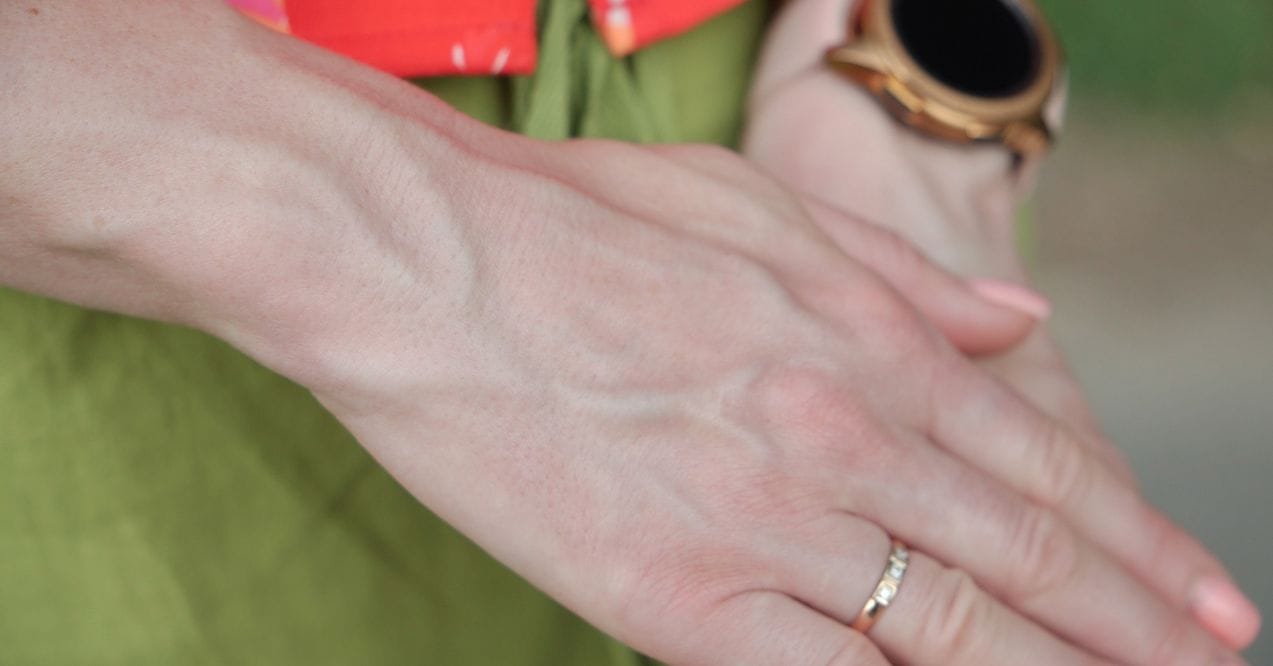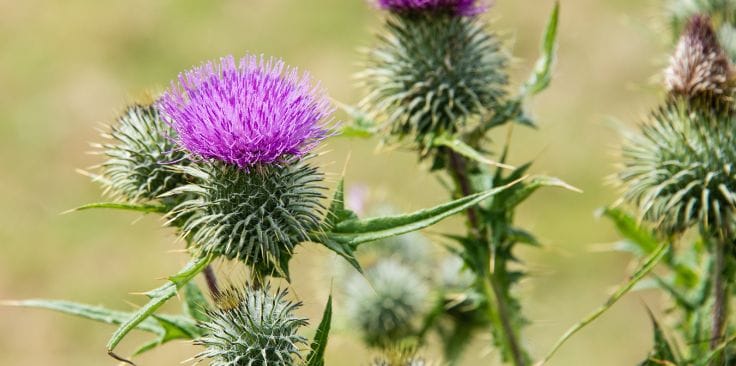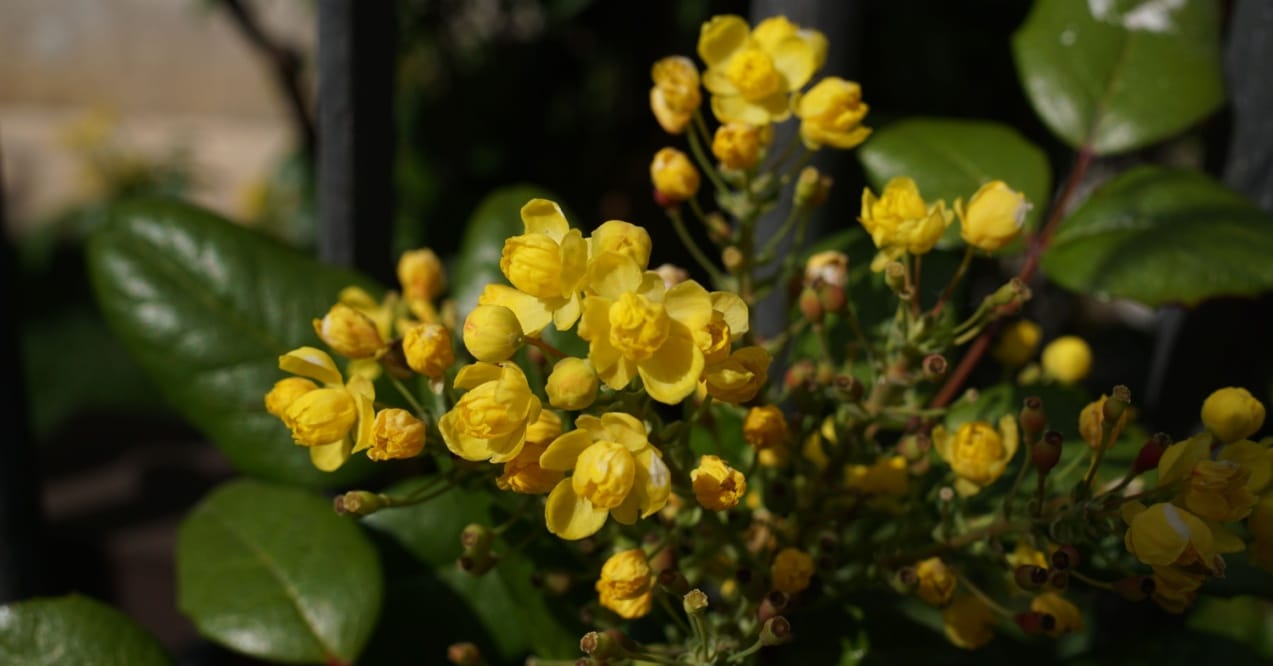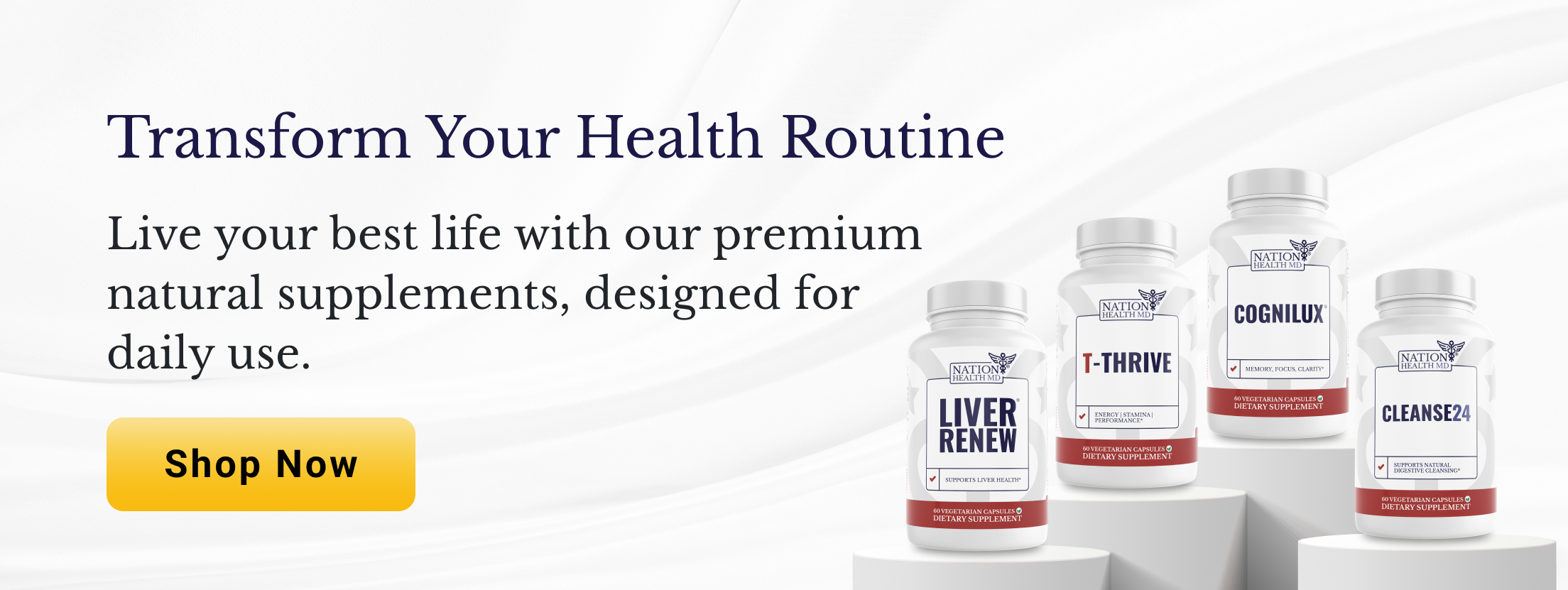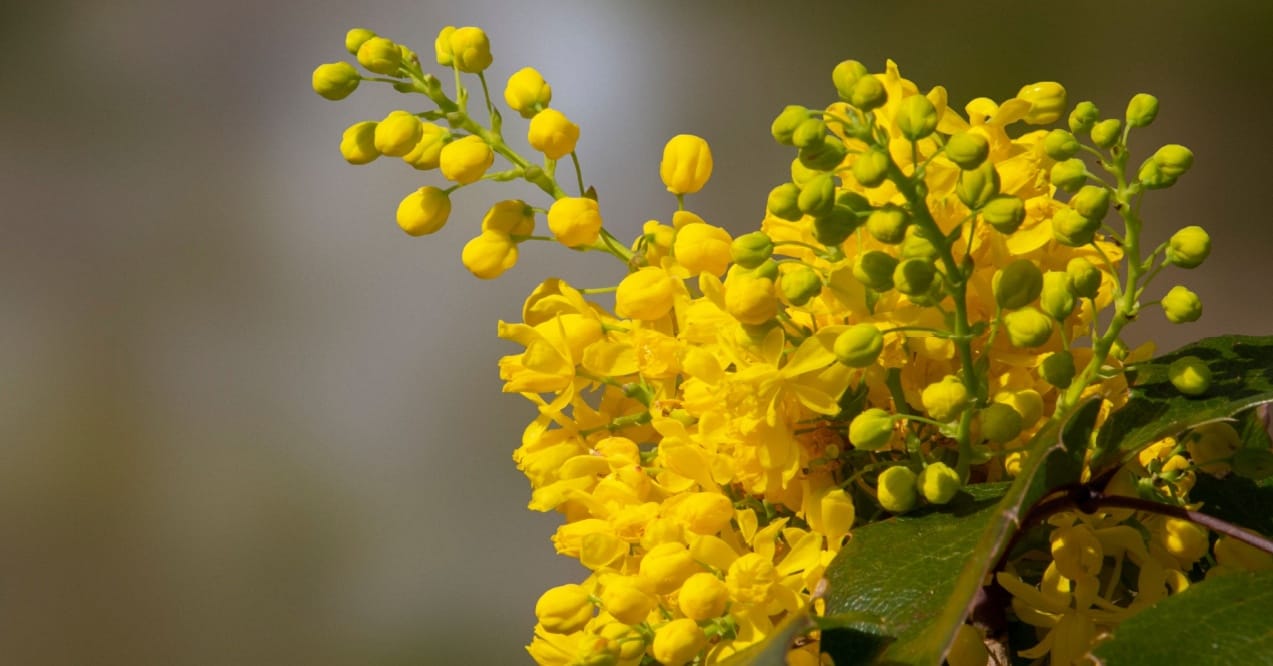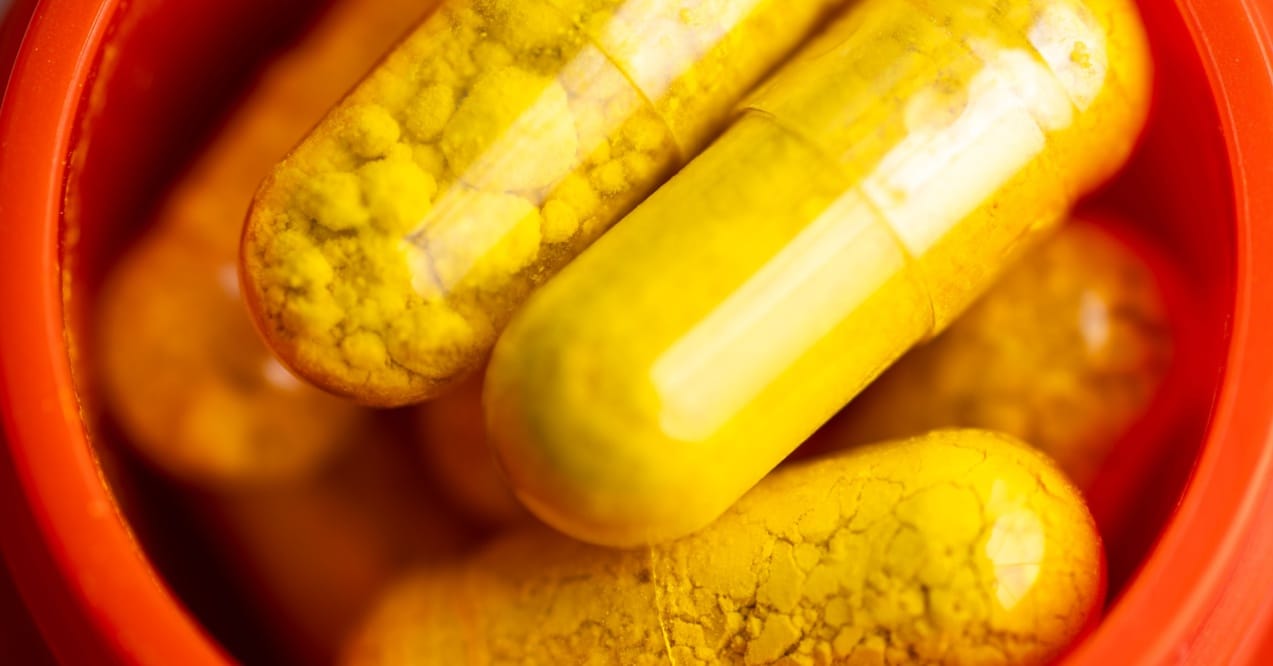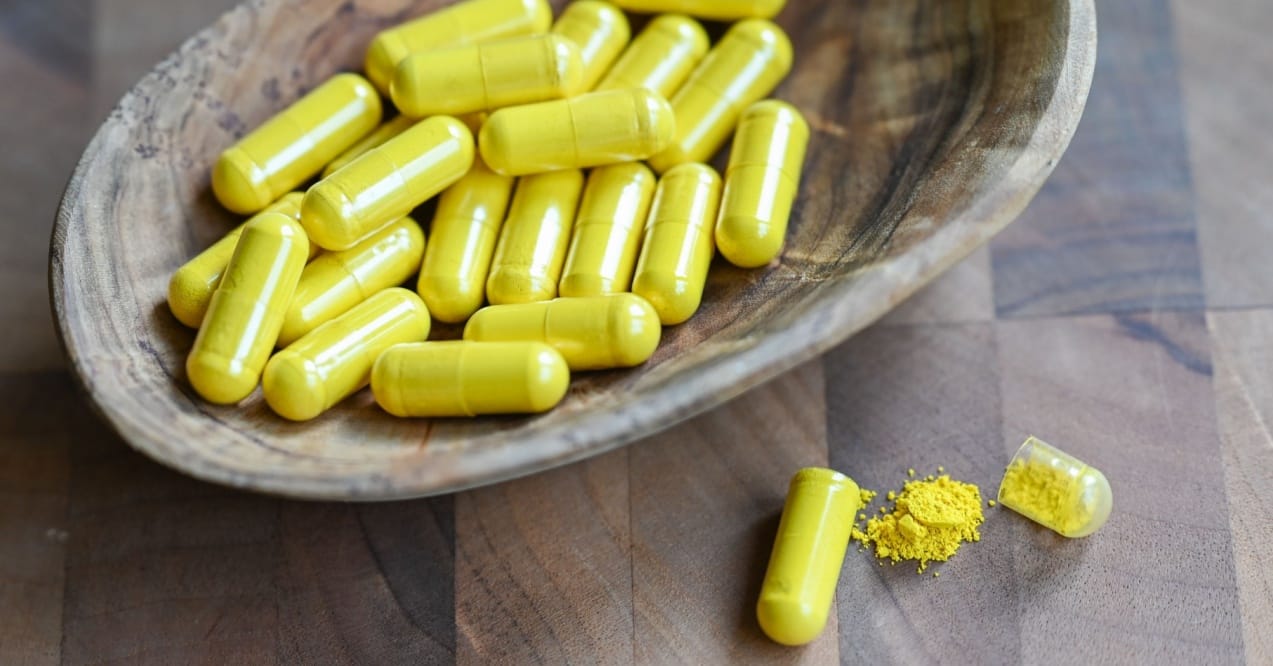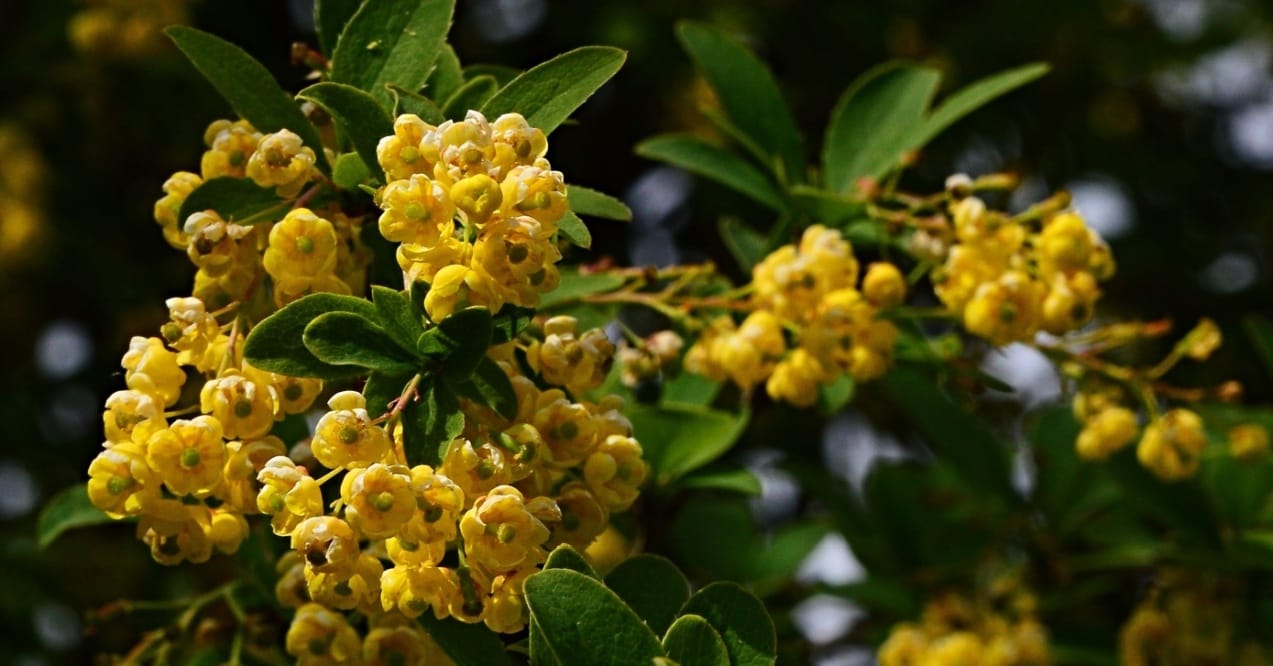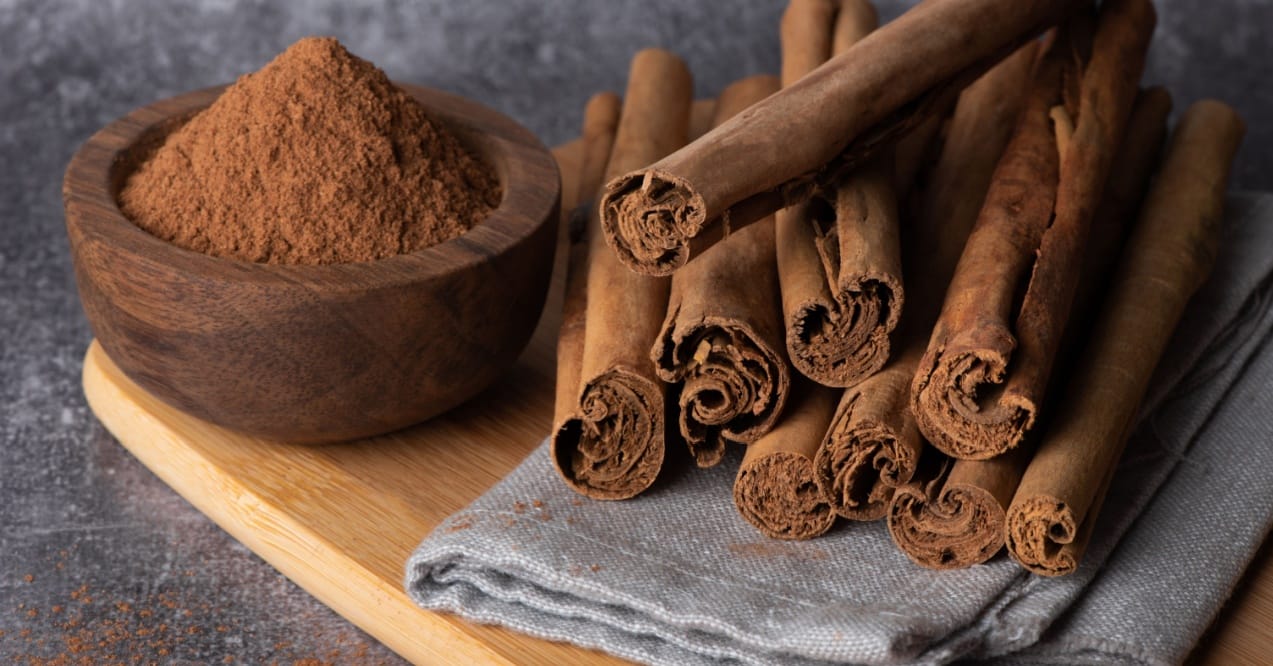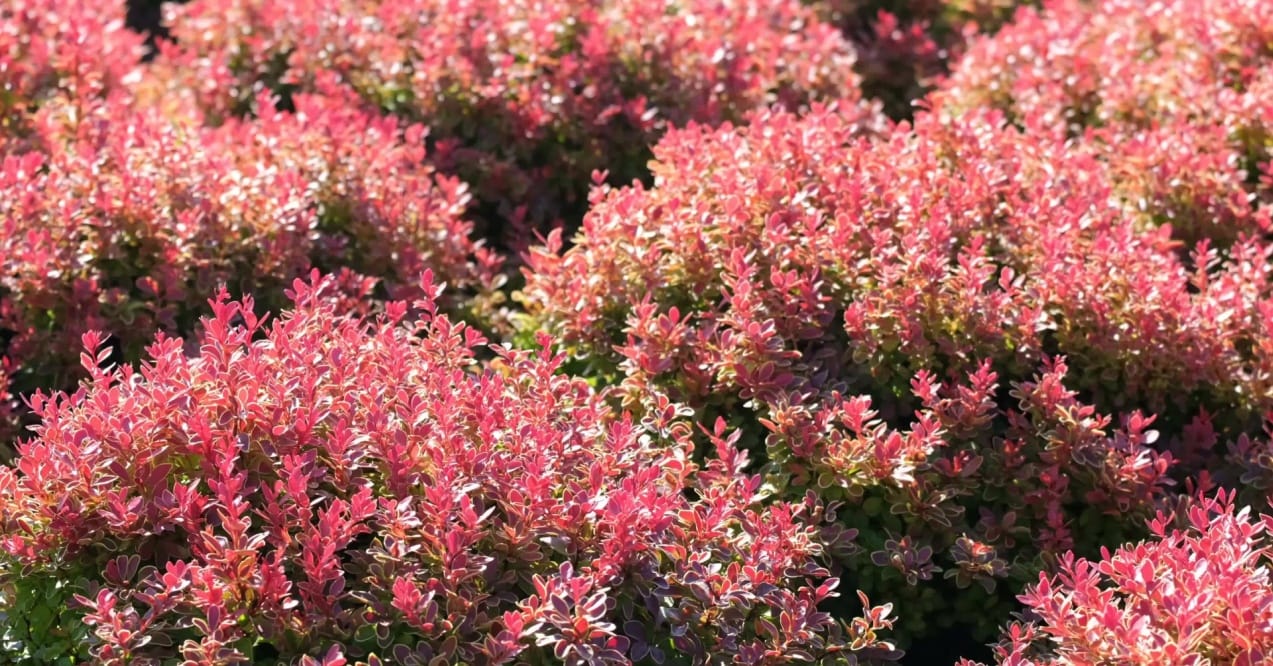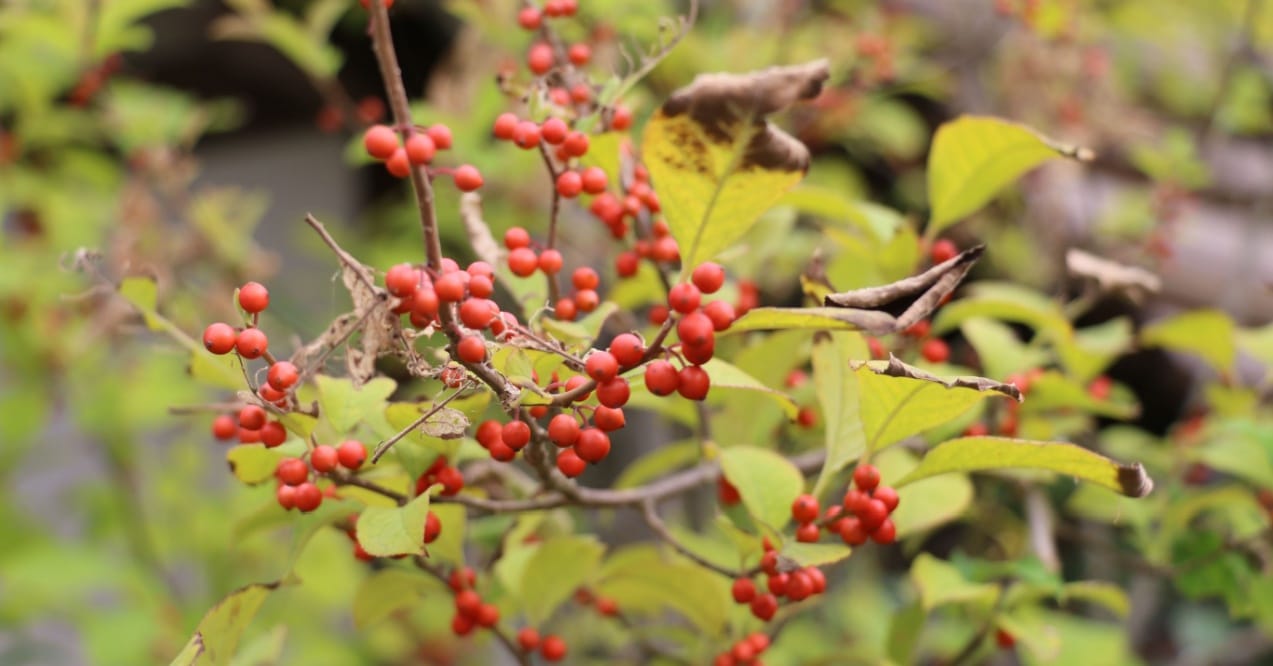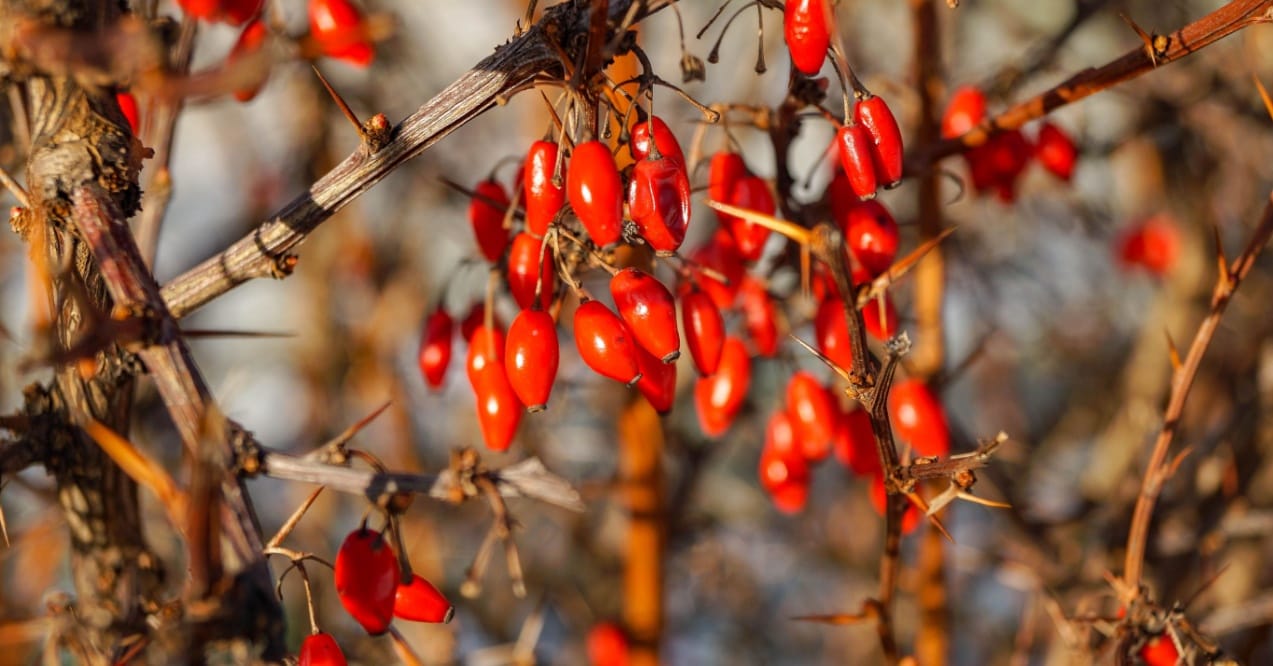What Plants and Herbs are High in Berberine?
Medically reviewed by our experts
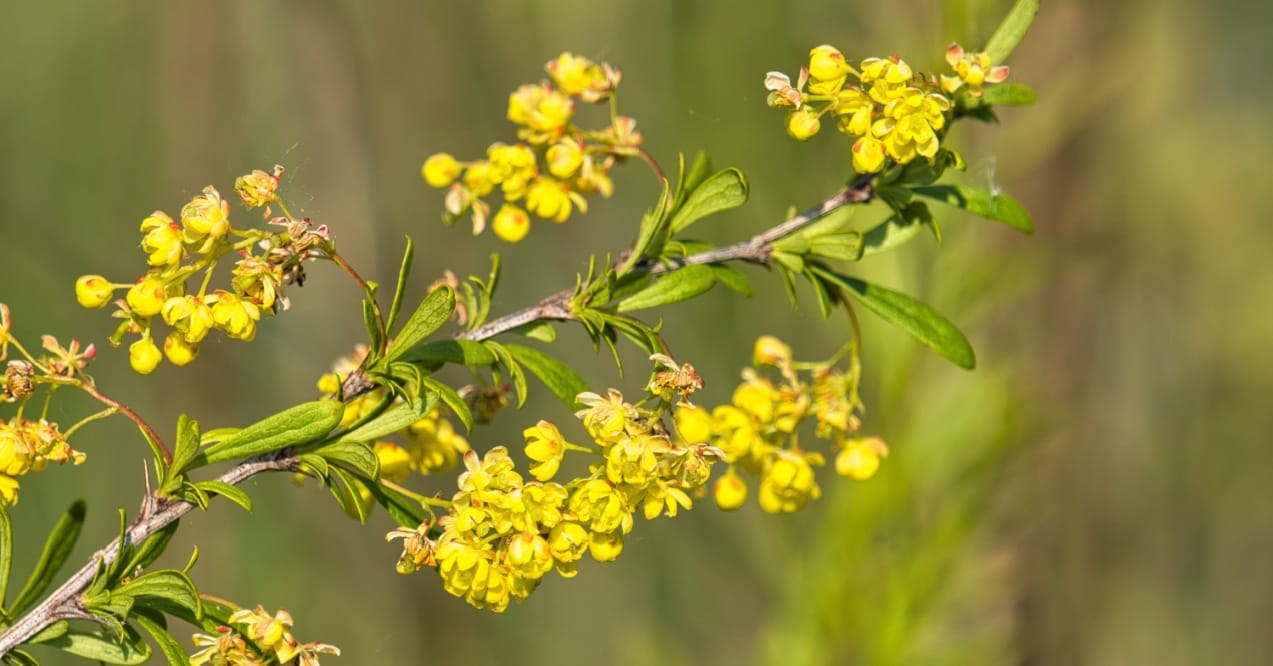

Plants with berberine have gained attention as natural sources of this alkaloid compound. Found in various medicinal plants, berberine may help with blood glucose control. It may also offer anti-inflammatory benefits and support heart health. This article explores natural sources of berberine in plants and herbs based on research and traditional uses.
Key Article Findings
- Berberine is an alkaloid found in several traditional medicinal plants
- Common berberine-rich plants include Berberis aristata, Coptis chinensis, and Hydrastis canadensis
- These plants have been used for wound healing and glucose regulation
- Clinical trials examine berberine-rich plants for managing blood sugar and metabolic concerns
What Is Berberine?
Berberine is a naturally occurring compound classified as an isoquinoline alkaloid. This substance appears in several plant species worldwide. Traditional medicine systems have valued it for centuries.
The compound works by potentially influencing how your body processes glucose. Research suggests berberine may activate an enzyme called AMPK. This enzyme plays a role in cellular energy regulation. These actions have made it increasingly popular in dietary supplements.
Finding quality natural sources matters for those seeking plant-based options. Learning where berberine comes from helps you make informed decisions. Different plants contain varying amounts of this compound. Some species offer significantly higher concentrations than others.
Health Benefits of Berberine
Studies show berberine may influence several aspects of health. Research has examined its effects on blood glucose levels. Some clinical trials suggest it may help maintain healthy readings. These studies typically involve people with elevated blood sugar.
Scientists have also looked at its effects on blood fats. Some research indicates it may help maintain healthy lipid levels. This happens when berberine is combined with lifestyle changes.
Traditional medicine systems have used berberine-containing plants to address inflammation. Modern research has begun exploring these berberine benefits through controlled studies. The compound may also play a role in heart function.
Blood pressure regulation represents another area of scientific interest. Some evidence suggests berberine might help maintain healthy readings already within normal range.
Top Medicinal Plants Rich in Berberine
Several plant species contain significant concentrations of this valuable alkaloid. These medicinal plants have been studied for their berberine content. Each offers unique characteristics from traditional use.
The concentration varies considerably between plant species. It also differs among parts of the same plant. Root bark typically contains the highest levels. These variations explain why certain plants appear more frequently in supplements.
Berberis Aristata (Indian Barberry)
This traditional Ayurvedic herb ranks among the richest plant sources. Indian barberry has been used for centuries in South Asian medicine. The root and stem bark contain particularly high concentrations.
Traditional practitioners used Berberis aristata for several purposes:
- Treating infections and supporting wound healing
- Addressing digestive concerns and inflammation
- Managing blood sugar concerns naturally
Modern clinical trials have examined its potential role in managing blood glucose. Some studies look at its effects on blood pressure. The plant contains additional beneficial compounds that may work with berberine. Research suggests Indian barberry extracts may help with glucose processing.
If you’re looking for quality berberine products, explore our supplements for blood sugar control that feature standardized plant extracts.
Coptis Chinensis (Chinese Goldthread)
Chinese goldthread stands as one of the most valued herbs. Practitioners have used it for over 2,000 years in Traditional Chinese Medicine. The underground stem of Coptis chinensis contains substantial berberine amounts.
This plant traditionally addressed inflammation and infections in TCM practice. Modern studies have explored its potential with glucose processing. Research also examines its effects on gut function. The bright yellow color indicates the presence of berberine and related alkaloids.
Chinese goldthread often appears in combination formulas rather than alone. This reflects traditional usage patterns that emphasized plant combinations. Research continues to examine how its various components may work together.
Hydrastis Canadensis (Goldenseal)
Goldenseal is native to North American forests. It holds cultural significance among Indigenous peoples. The plant’s distinctive yellow root contains berberine with other alkaloids like hydrastine and canadine.
Traditional applications included:
- Antimicrobial uses for various infections
- Digestive system support
- Addressing inflammation in mucous membranes
The root was often prepared as tea or tincture in folk medicine. Today, goldenseal appears in numerous dietary supplements. Wild populations face conservation concerns due to popularity. The effects may partly stem from berberine combined with other plant parts.
Sustainable harvesting has become important for this popular herb. Some growers now cultivate goldenseal to reduce pressure on wild populations.
Phellodendron Amurense (Amur Cork Tree)
The bark of this East Asian tree has been used for centuries. Phellodendron amurense contains berberine along with other compounds. TCM practitioners employed it to address various health concerns.
Modern research has examined its potential role with healthy blood fats. Studies also look at immune system function. The bark is often combined with other herbs in traditional formulas. This practice reflects the traditional view of plant relationships.
Studies suggest the bark’s effects may be enhanced by other compounds present. This has led to interest in whole-plant extracts rather than isolated forms. The tree grows in temperate regions of Asia and has been cultivated for medicinal purposes.
Other Notable Herbs and Plants
Oregon grape root (Mahonia aquifolium) grows in western North America. It contains moderate berberine levels. Native peoples used it for:
- Digestive complaints
- Skin conditions
- Liver function support
Tree turmeric is not related to culinary turmeric. It offers another berberine source from India and Nepal. Tinospora cordifolia, known as guduchi in Ayurveda, contains smaller amounts. These plants demonstrate the geographic diversity of berberine-containing species across continents.

How These Plants Compare
Different plants with berberine vary significantly in their alkaloid concentration. Chinese goldthread and Indian barberry typically show the highest berberine content. Goldenseal follows closely behind them.
Exact levels depend on growing conditions and plant age. The preparation method influences how much berberine becomes available from plant material. Traditional extraction techniques used alcohol or water to draw out alkaloids.
The plant matrix affects how berberine is absorbed when consumed. Whole herb preparations may be absorbed differently than isolated forms. Some traditional medicine systems believed additional plant parts enhanced the primary compound’s actions.
Modern formulations sometimes combine berberine with absorption enhancers. This addresses the compound’s relatively modest absorption rate when taken orally. Different forms can affect how well your body uses the berberine.
Traditional vs. Modern Use
Traditional systems used these plants as whole herbs. They were often combined with complementary species for balanced effects. Modern supplements typically extract and concentrate berberine for standardized dosing.
Both approaches have merit depending on your goals. Clinical findings have validated some traditional uses. They have also revealed new potential applications. For example, traditional uses for digestive health align with modern research on gut bacteria.
However, traditional practitioners didn’t frame their work around blood glucose concepts. Extraction techniques have evolved considerably over time. This allows for consistent berberine delivery in supplement form.
Scientific Evidence for Berberine-Rich Plants
Research into berberine’s effects has expanded significantly in recent decades. Multiple clinical trials have examined its potential role in health conditions. While promising, these studies also reveal where more research is needed.
Most studies have focused on extracted berberine rather than whole plants. This makes it challenging to compare traditional herbal uses with modern findings. However, the consistency of traditional applications across cultures lends credibility to continued investigation.
Conditions Most Studied
Blood sugar regulation represents the most extensively researched application. Several clinical trials suggest berberine may help maintain healthy blood glucose levels. This appears most pronounced in people with metabolic concerns.
Heart health applications have also received research attention:
- Effects on healthy blood fat levels
- Blood pressure already within normal ranges
- Properties that might benefit heart tissues
- Inflammation reduction in blood vessels
Wound healing and antimicrobial applications reflect traditional uses that have received validation. However, most contemporary research focuses on internal applications related to metabolism. This represents a shift from some historical uses of these medicinal plants.
Limitations and Gaps in Research
Many studies use relatively small sample sizes. They also involve short duration periods. This limits conclusions about long-term effects and dosing strategies.
Additionally, most research examines isolated berberine rather than traditional whole plants. Individual responses appear to vary considerably. Factors like gut bacteria may influence how well someone absorbs berberine. More research is needed to identify who might benefit most from berberine use.
The interaction between berberine and other plant compounds remains incompletely known. Traditional systems valued these combinations and used them for centuries. Modern science has only begun investigating combined effects. Evidence continues to emerge, but gaps remain in our knowledge.
Conclusion
Several plants with berberine offer natural benefits backed by tradition and science. These herbs may play a role in managing blood sugar concerns and inflammation. They work best when used responsibly as part of a complete wellness approach. High-quality supplements derived from these sources provide convenient access to this alkaloid.
Always consult healthcare providers before beginning any new herbal supplementation. This ensures safety and appropriateness for your individual needs and health status.
Chinese goldthread and Indian barberry contain the highest berberine concentrations. Goldenseal also offers substantial amounts. The “best” source depends on your specific needs. It also depends on which traditional system you prefer.
Oregon grape and barberry species can be grown in appropriate climates. They work well as ornamental shrubs. However, extracting useful amounts requires processing beyond simple home preparation. Goldenseal cultivation requires specific woodland conditions.
No common foods contain significant berberine amounts. Some berberis species produce edible berries. These fruits contain minimal berberine compared to roots and bark. Dietary supplements remain the practical option for berberine intake.
Plant-derived berberine contains additional compounds that may work together. Synthetic berberine offers standardized dosing and purity. Both forms show similar effects in studies. Some practitioners prefer whole-plant approaches for traditional reasons.
Studies suggest berberine is generally well-tolerated for several months. Long-term safety beyond one year requires more research. Some people experience digestive discomfort initially. Consult healthcare providers about duration appropriate for your situation.
Neag, M. A., Et Al. (2018). Berberine: botanical occurrence, traditional uses, extraction methods, and relevance in cardiovascular, metabolic, hepatic, and renal disorders. Frontiers in Pharmacology, 9.
BSc, K. G. (2023). Berberine – a powerful supplement with many benefits. Healthline.
Jin, Y., Et Al. (2016). Berberine enhances the AMPK activation and autophagy and mitigates high glucose-induced apoptosis of mouse podocytes. European Journal of Pharmacology, 794, 106–114.
Shi, L., Et Al. (2025). Berberine and health outcomes: an overview of systematic reviews. BMC Complementary Medicine and Therapies, 25(1).
Ts, G., Et Al. (2020). BERBERINE AND ITS PHARMACOLOGY POTENTIAL: a REVIEW. ResearchGate.
Rigillo, G., Et Al. (2024). Comprehensive Analysis of Berberis aristata DC. Bark Extracts: In Vitro and In Silico Evaluation of Bioaccessibility and Safety. Nutrients, 16(17), 2953.
Wang, J., Et Al. (2019). Coptidis Rhizoma: a comprehensive review of its traditional uses, botany, phytochemistry, pharmacology and toxicology. Pharmaceutical Biology, 57(1), 193–225.
Li, M., Et Al. (2023). Therapeutic potential of Coptis chinensis for arthritis with underlying mechanisms. Frontiers in Pharmacology, 14.
Mandal, S. K., Et Al. (2020). Goldenseal (Hydrastis canadensis L.) and its active constituents: A critical review of their efficacy and toxicological issues. Pharmacological Research, 160, 105085.
Erhan, S., Et Al. (2023). Chemical composition and anti-inflammatory effect of Phellodendron amurense Rupr. stem bark extract. Notulae Botanicae Horti Agrobotanici Cluj-Napoca, 51(3), 13306.
Cd, C. B. M. R. (2019). What is oregon grape? Uses and side effects. Healthline.
Ciorîță, A., Et Al. (2024). Pharmacological Potential of Three Berberine-Containing Plant Extracts Obtained from Berberis vulgaris L., Mahonia aquifolium (Pursh) Nutt., and Phellodendron amurense Rupr. Biomedicines, 12(6), 1339.
Popular Articles
Advertisement. This site offers health, wellness, fitness and nutritional information and is designed for educational purposes only. You should not rely on this information as a substitute for, nor does it replace, professional medical advice, diagnosis, or treatment. If you have any concerns or questions about your health, you should always consult with a physician or other health-care professional. Do not disregard, avoid or delay obtaining medical or health related advice from your health-care professional because of something you may have read on this site. The use of any information provided on this site is solely at your own risk.
